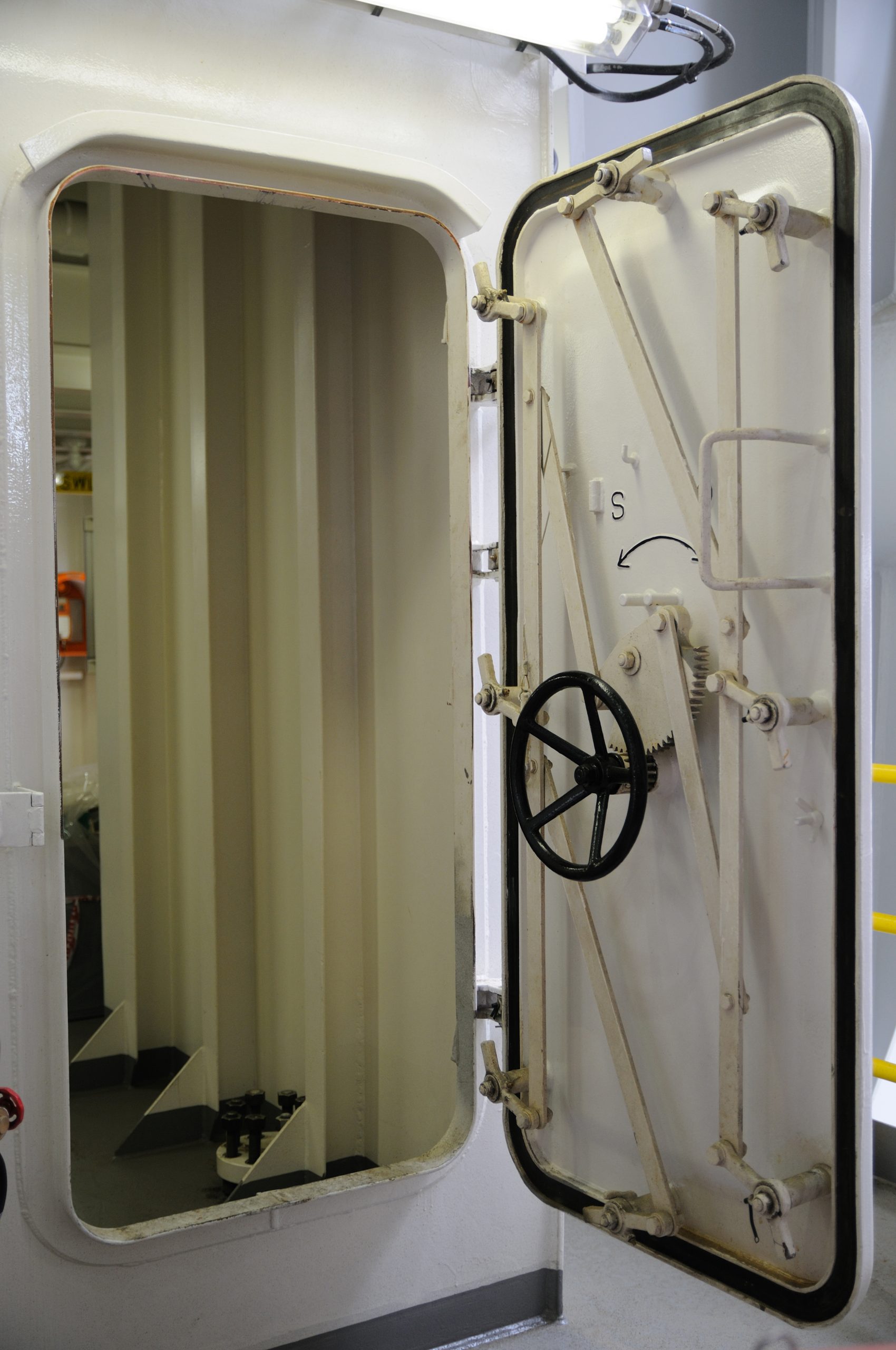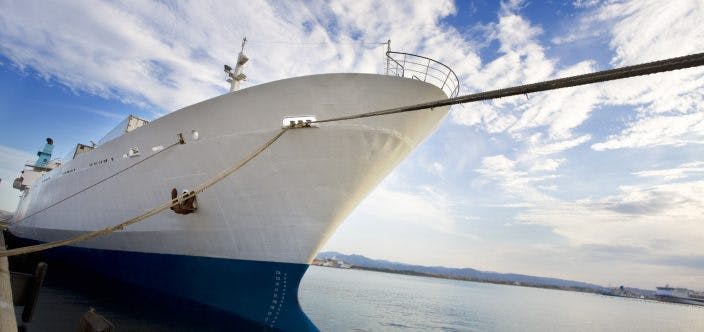Water- and weathertight doors and hatches
This monthly theme concerns door maintenance onboard ships and offshore rigs. We want to highlight water- and weathertight doors and hatches, which are seemingly simple, but extremely important vessel parts, since they ensure watertight integrity of the hull as well as fire and smoke containment. The good news is that the maintenance of these components is simple, inexpensive and does not consume lots of time. Given their important life-saving functions, the correct maintenance of these doors and hatches is vital in terms of keeping the vessel afloat and containing possible fires and noxious gases.

Watertight
The SOLAS convention defines a watertight closing as: capable of preventing the passage of water in any direction under the head of water likely to occur in intact and damaged conditions i.e., a watertight closing can withstand water pressure from both sides.
Watertight closings are designed to withstand continuous submersion and are therefore located below the waterline in passages to pipe tunnels, storerooms, bow thruster compartments and other machinery space or above the waterline in the form of pilot and bunker doors. All openings below the waterline must be watertight since they are to maintain the hull’s watertight integrity.
There are two main types of doors; hinged and sliding doors. The hinged doors can be operated manually or hydraulically/electrically, while the sliding doors are always operated hydraulically/electrically. Manually operated doors and hatches are further divided into ones with a single action mechanism and ones with multiple single closing handles (dogs) or screws.
A watertight sliding door with hydraulic closing mechanism – note the orange emergency operation handle.
Weathertight
Weathertight closings are designed to withstand only brief submersion. These are located above the waterline and can withstand the impact from weather conditions only from the outside. In addition, these doors/hatches have a fire and smoke containment function.
Weathertight door with linked closing mechanism.
Traditional weathertight doors with closing handles known as “dogs”.
Maintenance
Routine inspections and maintenance must follow the door and hatch manufacturer’s instructions as well as the vessels or rig’s Planned Maintenance System (PMS) schedule. These routines should specifically inspect that all the elements included in the system function correctly, paying particular attention to the following:
- Warning devices and alarms
- The electric/hydraulic operating mechanism and emergency operation
- Valves
- Fluid level indicators
- Seals and packings
- Lights and sirens
- Operating instructions on both sides of the door/hatch opening
- Structural integrity; check for cracks, especially in the corners
Additional information:
SOLAS regulations (cargo and passenger vessels)
International Load Line Convention
UI SC156 Doors in watertight bulkheads of cargo ships and passenger ships – IACS





